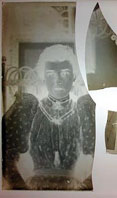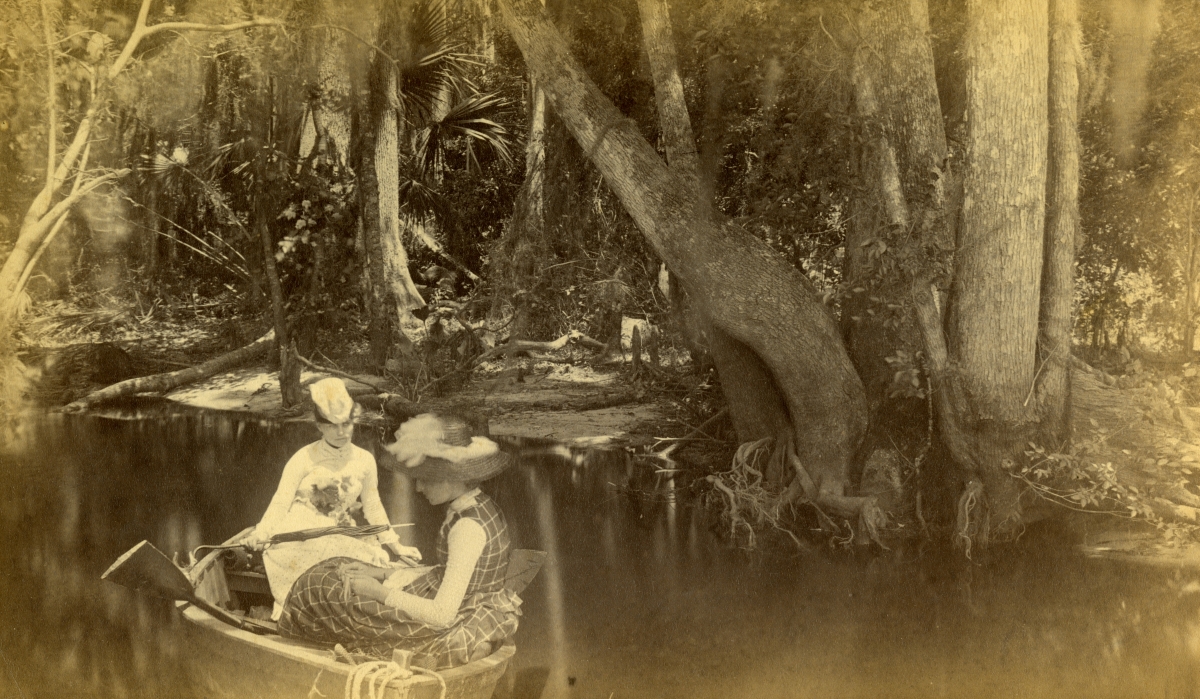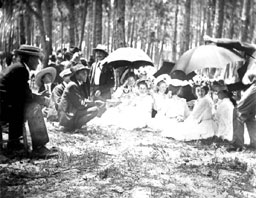Daguerreotype to Digital
A Brief History of the Photographic Process
Glass Negatives: The Collodion Wet Plate
Period of Use: 1851 - 1880s

The glass negative was sharp and the prints made from it produced fine detail. Further, the photographer could produce several prints from one negative.
The collodion wet plate can be identified by the unevenly coated emulsion, thick glass, rough edges, and sometimes the photographer's thumb print on the edge.
Glass Negatives: The Gelatin Dry Plate
Period of Use: Popular into the 1920s
Commercially available by 1873, gelatin dry plates were usable when dry and needed less exposure to light than the wet plates. Other distinguishing features were the thinner glass and the evenly coated emulsion.
Prints from Glass Negatives

 Listen: The World Program
Listen: The World Program

